How China is Different from the Soviet Union
Chinese communism isn't the same as Soviet communism
First and foremost, I do not usually focus on China. My primary focus for this Substack is on Africa, global trade, and how countries develop. However, I frequently encounter misconceptions about China from many Western commentators, prompting me to offer a different perspective. There are much better commentators who can speak better about China than me - Robert Wu in China Translated, Carl Zha in Silk & Steel Podcast, and many others. My brothers have worked and traveled to China, so I have some insight from them, plus I have buddies who worked and lived there as well.
China is one of the most interesting countries in human history because within my lifetime, China went from being poorer than Sub-Saharan Africa, to surpassing the average incomes of Turkey, Mexico, and Brazil with way more people.
What this means in real life is that illiterate fishing & farming villages who made less than $1000 in year, transformed into booming industrial cities. There are plenty of examples of this, like Kunshan.
When reflecting on my understanding of China, I strive to practice "epistemic humility." I avoid assuming that "Liberal Democracy" or "American Capitalism" is the optimal way to govern a country. China might achieve a better system for its people by diverging from Western norms.
Videos proclaiming "China is on the brink of collapse!" or "China using debt-trap diplomacy to colonize Africa like the IMF!" are baseless. I already wrote why the “debt trap diplomacy” talk is nonsense in this article. Here’s some examples of nonsensical videos I am referring to.

An unspoken underlying assumption in videos predicting that "China will implode any day!" is that China will collapse in the same manner as other socialist or communist countries. For example, Czechoslovakia split into the Czech Republic and Slovakia, Yugoslavia fragmented into seven countries (Bosnia, Croatia, Kosovo, Montenegro, North Macedonia, Serbia, and Slovenia), and the Soviet Union disintegrated into 15 nations—Russia, Ukraine, Belarus, Moldova, Estonia, Latvia, Lithuania, Georgia, Armenia, Azerbaijan, Turkmenistan, Uzbekistan, Kazakhstan, Kyrgyzstan, and Tajikistan.
This prediction stems from the Western belief that the Soviet Union, Yugoslavia, and the Soviet communist satellites and semi-satellites (Czechoslovakia, Poland, Hungary, Romania, Bulgaria, East Germany, and Albania), collapsed or reformed because they think a fast-growing economy cannot coexist with a tightly controlled one party state. These countries experienced rapid growth post-World War II, but their momentum waned by the 1970s & 80s, leading to reforms or collapse by the late 1980s and early 1990s.
Many analysts are convinced that China will eventually face a similar fate, a belief that runs deep. After all, communist implosions have not been confined to Europe; they have occurred in Asia and Africa as well.
In Africa, Ethiopia lost Eritrea and its access to the Red Sea after the fall of the Communist Derg regime. Communism died in Somalia, when Siad Barre’s regime was overthrown by rebel groups, and Somalia is still dealing with the consequences today. Additionally, countries such as Angola, Mozambique, Benin, Congo-Brazzaville, and Burkina Faso abandoned Marxist-Leninism in the late 1980s and early 1990s.
In Asia, Mongolia, Cambodia, South Yemen, and Afghanistan also moved away from communist rule during this period.
Many Western intellectuals believe that China inherently possesses instability based on their interpretation of the fall of communism in the late 1980s and early 1990s in Eastern Europe, Sub-Saharan Africa, and Asia. The prevailing belief is that Communist China narrowly avoided collapse during the Tiananmen Square protests but cannot ultimately evade the "End of History." Additionally, many Western thinkers argue that Confucian values are entirely compatible with liberal democracy. They point to the transformation of Japan, South Korea, and Taiwan from militaristic states into liberal democracies as evidence that China will eventually follow a similar path.
Since Obama’s Pivot to Asia in 2011 and Trump’s trade war in 2018, American governments advocate for economic competition as a catalyst for China's reform, while others think force might be necessary. The attempted formation of an “Asian NATO” under Biden is seeking to bring Vietnam, the Philippines, Japan, South Korea, Taiwan, and Australia into a coalition in the South China Sea to curb China's influence. Some countries like Indonesia, Malaysia, and Singapore seem uninterested in picking any side.

The big problem with this “China will collapse any moment!” prediction is that China is very different from all of those countries. American intellectuals in the early 90s thought “Centralized statist socialism was unsustainable” and “Centralized statist, market economies” was impossible.
Let’s start by explaining China’s Political system.
Is China Actually Communist?
China officially identifies as a "communist" state, governed by the Communist Party of China (CPC).
In practice, not really. The private sector in China provides 50% of China’s government revenue, 60% of economic output, 70% of technological innovation, and 80% of urban employment.
The country is also extremely unequal. With the exception of Russia and Bulgaria, China is more unequal than any European Country.
The average Chinese makes around $13K a year ($22K when you adjust for purchasing power) which is poor by American standards, but $13K equivalent to around 90K renminbi, which isn’t great in a high cost metropolitical area, but decent in other areas. While people like Bernie Sanders says “China pays their people starvation wages”, the average Chinese, although they are much poorer than the average American, still consume more calories than Americans.
The poorest places like Gansu, Heilongjiang, or Guanxi are more equivalent to one of the “better” Sub-Saharan African countries like South Africa, Gabon, or Botswana. (I put “better” in all caps because despite the fact that these countries have among the highest average incomes in Sub-Saharan Africa, all three of these countries are more unequal than almost any European Country, Canada, Australia, or New Zealand).
Your Middling Chinese administrative regions like Shaanxi or Shandong are equivalent to “newly industrialized countries” like Mexico, Turkey, or Malaysia.
Places like Beijing, Shanghai, and Jiangsu have equivalent living standards to middling European countries like Portugal, Greece, or Spain.
Then former European colonies like Macau and Hong Kong have living standards around the stronger European countries like Italy, France, or UK.
What is China’s Political System
Unlike the liberal democracy seen in the United States, China’s government structure is different. From my experience, patriotic Chinese citizens often reject labels like "autocratic" or "authoritarian." They do not view their country as a dictatorship but as a “Socialist Republic” or a "People’s Democracy” (In America these words are basically synonymous with communist dictatorship). My Chinese friends who are passionate about their nation, argue that democracy can take various forms and that not every country must adhere to the Western model.
Westerners generally see China as a dictatorship since its a one party state. (technically there are eight other parties, but they are small). The CPC (or CCP as America calls it) is a political party of 100M people that reaches various sectors of life including governments, courts, media, firms, universities, and religious institutions. To give you the right frame, imagine in America there was only the house of representatives, with no Senators. Then, one of the two major parties, the Democratic Party or Republican Party, oversaw the appointment of the US cabinet, the state governors, their deputies, the mayor of major cities, all the heads of federal regulatory agencies, the CEOs of Boeing, Google, Chevron, and other top companies, the justices in the Supreme Court, the owners and writers of NYT, WSJ, MSNBC, WaPo, and etc. The bosses of media, the presidents of Harvard & Princeton, and leaders of think tanks in Cato, Brookings, Heritage Foundation, and American Enterprise Institute.
China is neither ruled by a single individual nor by corporations or a small military junta. It bears no resemblance to the military juntas that have governed Brazil, Nigeria, Ghana, Burkina Faso, Mali, Niger, Myanmar or etc., nor does it function like the hereditary quasi-monarchies seen in North Korea, Togo, or Equatorial Guinea.
Since Mao's death and the removal of the Gang of Four, China's system has evolved into a unique structure distinct from other political systems. Ultimate power does not reside solely with Xi Jinping but within the Communist Party of China (CPC). The CPC oversees the political system, directs government and military operations, and appoints leaders. The Chinese state is run like a mega-corporation where the the Politburo’s Standing Committee tries to achieve results through consensus, merit, and killing entrenched corruption.
Let’s go further in how China is different from a dictatorship. Jiang Zemin continued to be consulted by Hu Jintao for at least a decade after his retirement. In a true dictatorship, succession can be precarious. When Idriss Déby of Chad died after a 30-year rule, his son Mahamat Déby seized power through a constitutional coup.
In China, there have been three successful transfers of power from one living leader to an unrelated one. Jiang Zemin took over from Deng Xiaoping in 1992. Hu Jintao took over from Jiang in 2002. Then Xi Jinping took over from Hu in 2012. These transitions are complex because the top Chinese leader holds three positions simultaneously - General Secretary of the Communist Party, Chairman of the Central Military Commission, and State President.
This record of leadership transitions is different from the model China based itself from - The Union of Soviet Socialist Republics (USSR) or Soviet Union. China is significantly more stable than the Soviet Union ever was. In the Soviet Union, all leadership transitions happened when the old leader died or by coup… This makes China monumentally more stable than the Soviet Union.
What is China’s Economic System
Although it is a one-party state, which suggests a high degree of centralization, in practice, China operates with significant decentralization.
Instead of Adam Smith’s “invisible hand” you have Avalokiteshvara (Ah-vuh-loh-kee-tesh-vah-rah) using his 1000 arms to assist businesses.
China has political semi-centralization and economic decentralization. The central government sets strategic direction, but local officials deliver results on the ground in the 23 provinces, 4 municipalities, 5 autonomous regions, and 2 special administrative regions. These “mayors” basically have to take head initiatives, and build industrial clusters, thriving economies, more GDP, jobs, and real estate prices. With more GDP, they collect tax revenue, and climb the political ladder.
Mao’s era:
Mao tried copying the Soviet Union, but even in Communist China’s inception it was far less centralized than the Soviet Union ever was.
In 1949 to mid 1956, Mao’s Communist China had some private enterprise. After 1956, it was completely banned. From 1956 to 1979, China completely had government owned corporations.
During this era, under the command economy, Chinese bureaucrats controlled the prices & allocation of 600 commodities and 1000 prices. In the Soviet Union, bureaucrats controlled 60K commodities and millions of prices.
In the Soviet Union, prices were constantly mispriced due to massive central control and lack of local information of what consumers and state owned enterprises wanted.
In China, this problem of “lack of local information” still occurred, but less so. Chinese local governments had the ability to control the prices and allocation of key commodities - from coal, steel ,and cement.
In the Soviet Union, the they had 40K state run factories that were operated from Moscow, China had nearly 900K state run factories, where the vast majority were run by city and country governments.
In the Soviet Union, most factories that produced goods and employed people had at least 1K people. In China most factories that produced goods and employed people had less than 500 workers.
China from the onset was already much more decentralized than the Soviet Union ever was due to China’s massive population, geographic diversity, and horrific infrastructure compared to the USSR during the 50s, 60s, and 70s. This was also a strategic plan by Chairman Mao. His idea was if America or the Soviets nuked a major industrial area, then China could still go on in a war even if a few industrial centers were destroyed.
Then under Deng Xiaoping’s “reform and opening” plan, China allowed private enterprise again in 1979 and reformed the command economy to a more market driven one.
When Deng took over China, he already inherited a decentralized state, and basically ran China like a Google Product Manager, running thousands of different A/B tests in different polities to see what works. He gave local officials the freedom to implement different policies under his central direction. This approach of issuing broad directives that allowed local officials the flexibility to experiment is similar to how Product Managers at tech firms follow OKRs (Objectives and Key Results) or KPIs (Key Performance Indicators) with the flexibility on execution. This approach that Deng made, allowed mayors to create the concept of “special economic zones” — places with business friendly tax and investment laws that were friendlier than most of the country.
The result is a paradox: China has a seemingly has a centralized one party state that governs a dynamic decentralized economy. Chinese economist Keyu Jin calls this the “Mayorial Economy”. The Soviet Union was nothing like this. It was very centralized. This distinction is crucial.
Why did China turn out so Different from the Soviet Union?
Besides the deliberate changes that Mao made to China on the onset, Deng also deliberately tried to learn the mistakes that the Soviet Union, Czechoslovakia, Poland and etc. to not repeat them.
In 1989, China could have become a very different country. There was the Tiananmen Square Protest where 1M Chinese protested against inflation, corruption, and lack of political freedom. The former Premier of the People’s Republic of China, Zhao Ziyang, the man in charge of many economic reforms in China, lost power because he supported the protests.
By 1991, after losing its satellites in Eastern Europe, a failed coup attempt, and 14 republics declaring independence from the USSR, Boris Yeltsin took over a reduced Russia and Mikhail Gorbachev had no power.
What happened in the Soviet Union?
Mikhail Gorbachev, the last premier of the Soviet Union, did political freedoms first, and then tried economic reforms second. The political reform called glasnost (openness), was done in 1985 to increase government transparency, reduce censorship, and allow more free speech.
The second reform was perestroika (restructuring), which meant decentralizing the economy to allow more local control, allow market based reforms, and permit private ownership of small businesses.
The plan failed. Deng Xiaoping even called Gorbachev an “idiot”. The Soviet Union was dead on Christmas 1991.
People at that time really thought China would fall too. The European Economic Community and America sanctioned China after the crackdown on the Tiananmen Square protests, such as arms embargos, military contract suspensions, high level government exchange talks were reduced, and ban on exporting police equipment.
Instead of China’s collapse, Deng Xiaoping was a master chess player. For one, Japan, China’s biggest foreign direct investor, at the time, refused to sanction China. Japan needed China for cheap labor, Japan was too integrated to even try. By 1991, China’s economy was picking up and Deng launched his 1992 “Southern Tour”.
Basically Deng went to hot spots of economic growth in China, like Shenzhen, which was right next to Hong Kong, and made these places laboratories for ground breaking experiments for GDP growth such as the special economic zone. Then Shenzhen stock exchange opened that year too. In addition, Deng basically told the communist true believers in his clique “get on board with reform or leave”. At the end of the day, Deng had the military on his side, and his next man in charge, Jiang Zemin complied and China had double digit economic growth for years.
The point is China learned that the concept of doing “liberal democracy first, and then economic openness second” was backwards. China did economic openness first, while liberal democracy may not even be on the roadmap….
China believes that it wasn’t liberal democracy that allowed markets to thrive and grow, but stability, which China believed could happen in liberal democracies or “people’s democracies” (What Americans call autocracies).
So China’s formula was that the Communist Party of China needs to provide stability. With stability, markets can thrive, as long as economic growth occurs and people’s standards of living increases, then the CPC boosts its legitimacy among the people. In other words, the unwritten social contract is “let us rule, and you’ll be rich”.
China made conclusions on why the Soviet Union dissolved into 15 separate countries:
The USSR didn’t grow fast enough… Industrial production stagnated in the 70s and 80s in the Soviet Union, turning the state to a glorified gas station, dependent by oil & gas exports by the 1980s. When Saudi Arabia unleashed oil production and crashed oil prices, the Soviets were screwed. Even with reforms, the USSR couldn’t undo the resentment and failure. The implementation of market mechanisms was insufficient as well.
The Communist Party of the Soviet Union had too rigid of propaganda, which prevented the officials from getting accurate and timely knowledge and signals about the health inside and outside the Soviet Union.
Soviet Decision making was too centralized in Moscow, not enough local knowledge in different republics, oblasts, or cities, making decision making too slow.
Political Openness undermined the state. Once Gorbachev instituted political reforms, they undermined the parties’ absolute monopoly on political power.
Too focused on proxy conflicts. The USSR was involved globally aiding communist Ethiopia, funding Angola, Mozambique, and the African National Congress in South Africa. It funded Vietnam, North Korea Mongolia, Ghana, Mali, Guinea, Cuba, and a slew of other nations that didn’t yield results like America’s proxy Conflicts & nations did. China stopped proxy conflicts after its short war in Vietnam.
Final Thoughts
In conclusion, “Communist China” won’t collapse like other communist states did because China is more economically decentralized, more dynamic, more flexible, less politically open, and less involved in foreign conflicts than the USSR ever was.
This is not a puff piece for China. I am neither a "China doomer”, a “China supremacist”, nor a “BRICS supremacist”. The BRICS/Global South Rising talks tend to underestimate America’s power. When the Soviet Union left Afghanistan, it died two years after. When America left Afghanistan, the country moved on. Despite the screams about American debt, America still has substantial room to fix its debt issue if it wanted to. American net interest on debt is projected to hit $870B in 2024. American’s total government revenue that same year is expected to be $5.1T, so America’s interest expense is projected to soak up 17% of America’s government revenue. Fiscal hawks would love that number to be lower and America isn’t used to paying so much of its government revenue on interest expense, but 17% is no where near crisis levels so far.
I think China doomers will probably respond to this by saying:
“China used to be politically centralized and economically decentralized, but Xi Jinping is an actual Marxist-Leninist who is making the system more rigid. In addition, he will bring conflict back with an invasion of Taiwan.”
or
”Even if China doesn’t collapse, it will have Japanese era stagnation!”
To those people, I would say “wait until my next posts on China” because I’ve only scratched the surface.



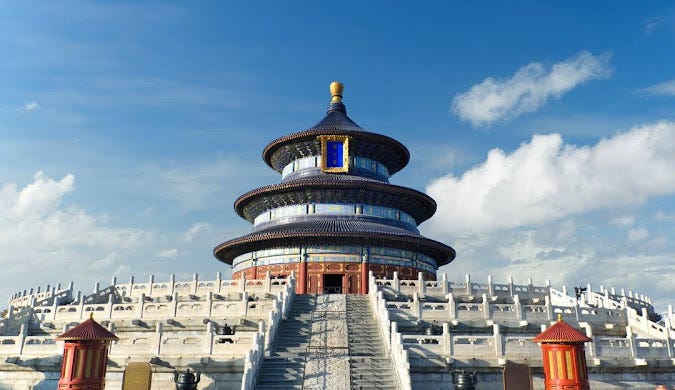

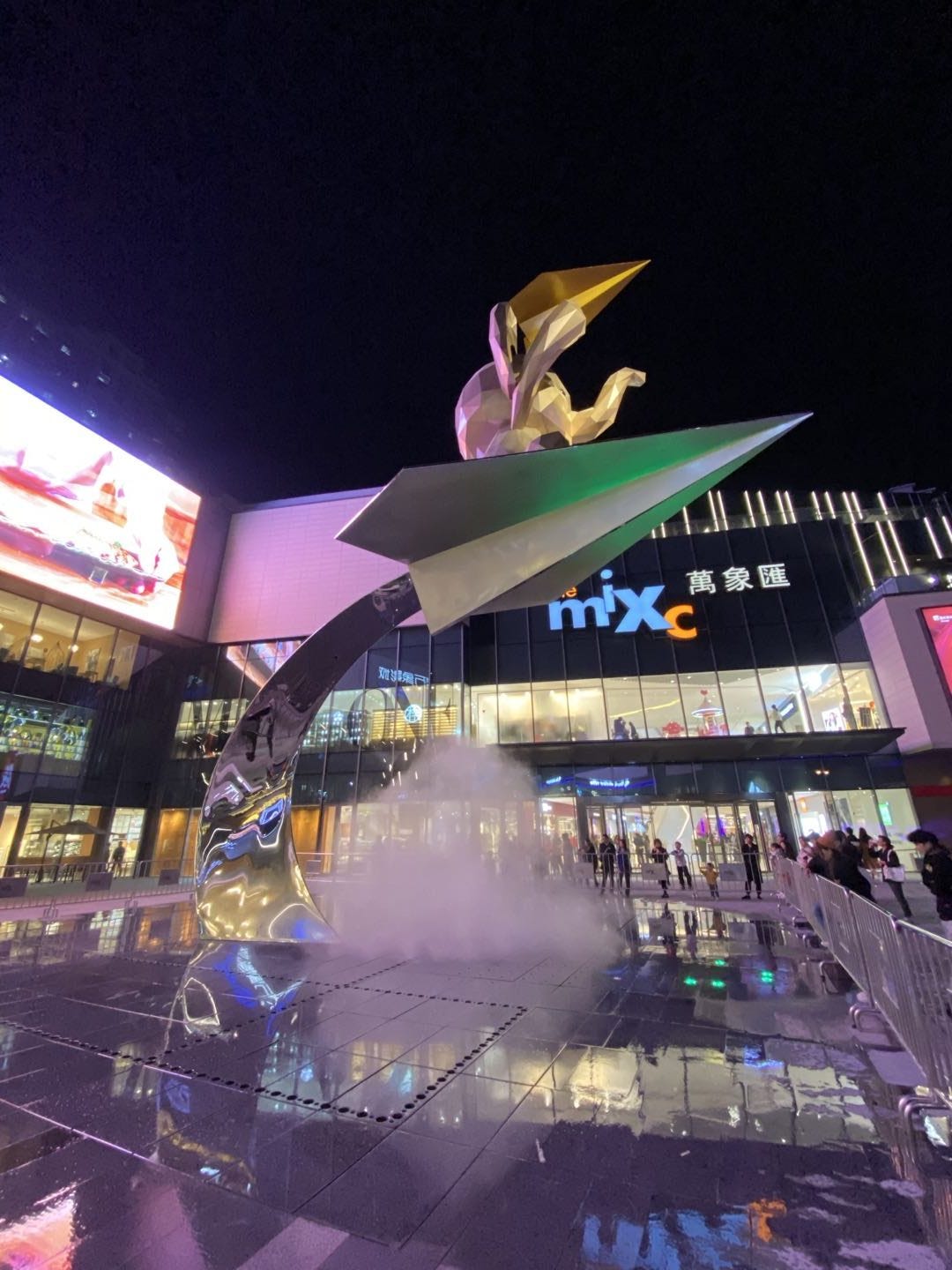


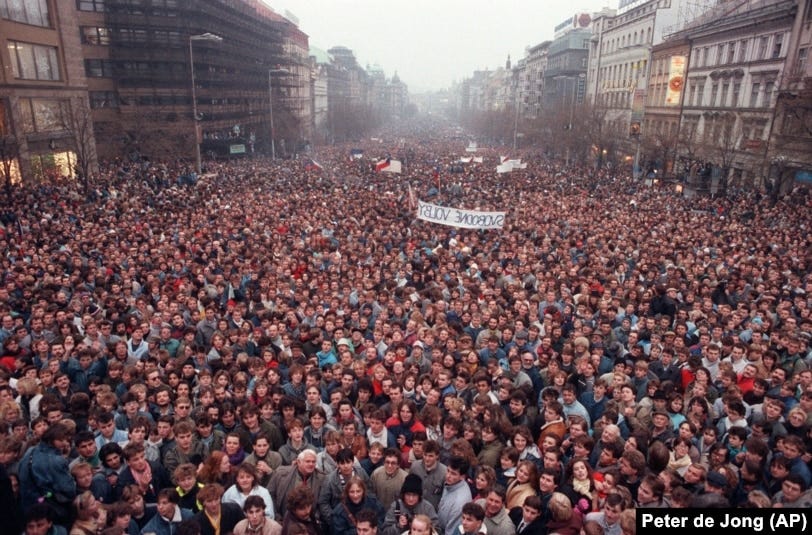
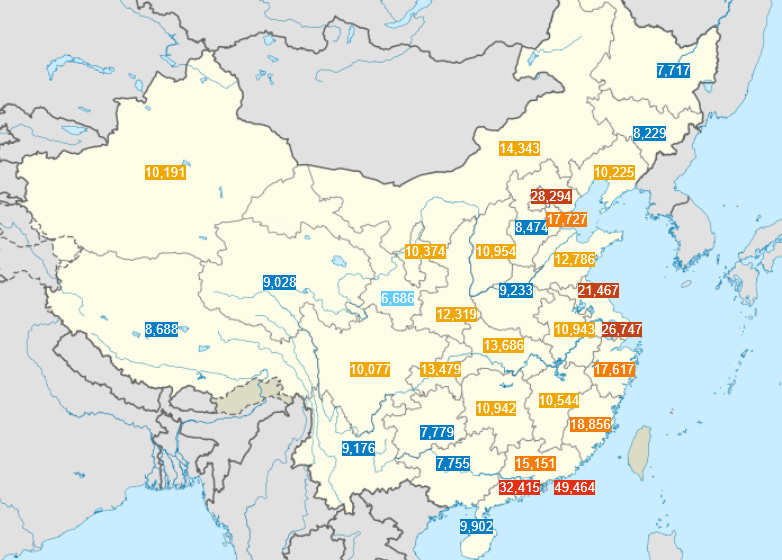
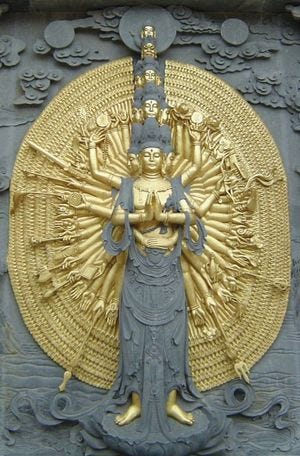
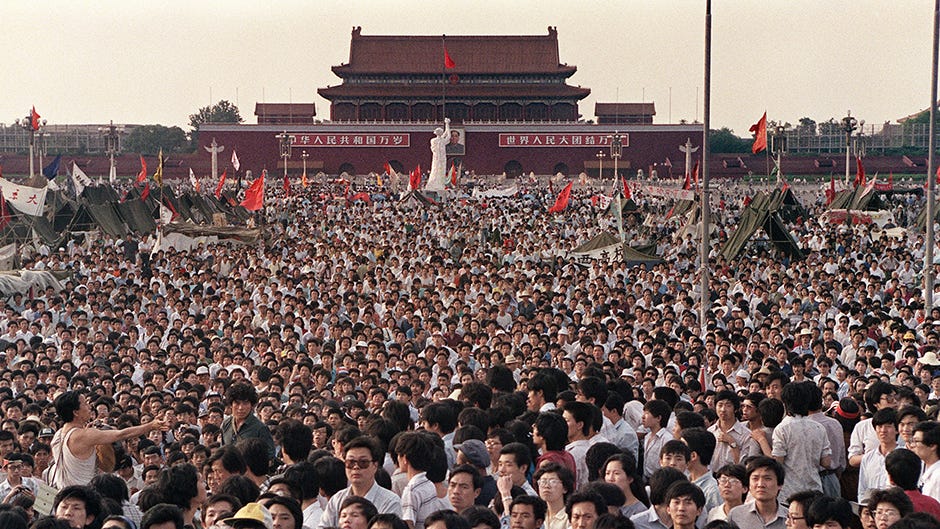
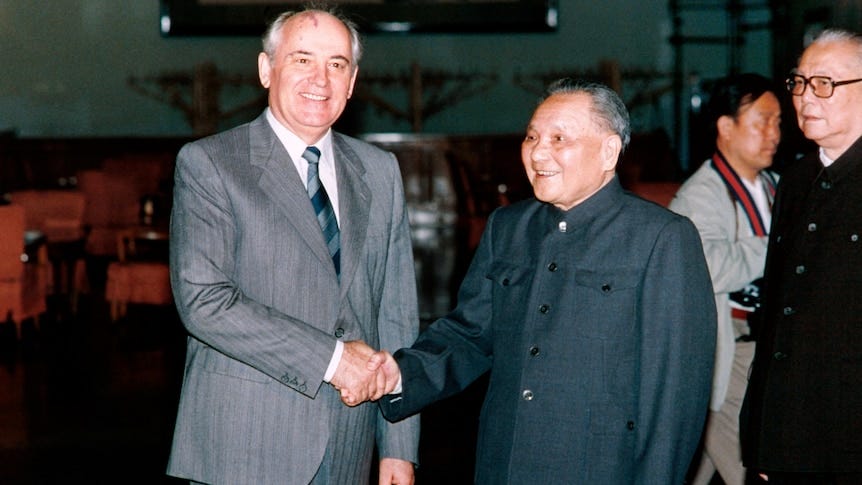
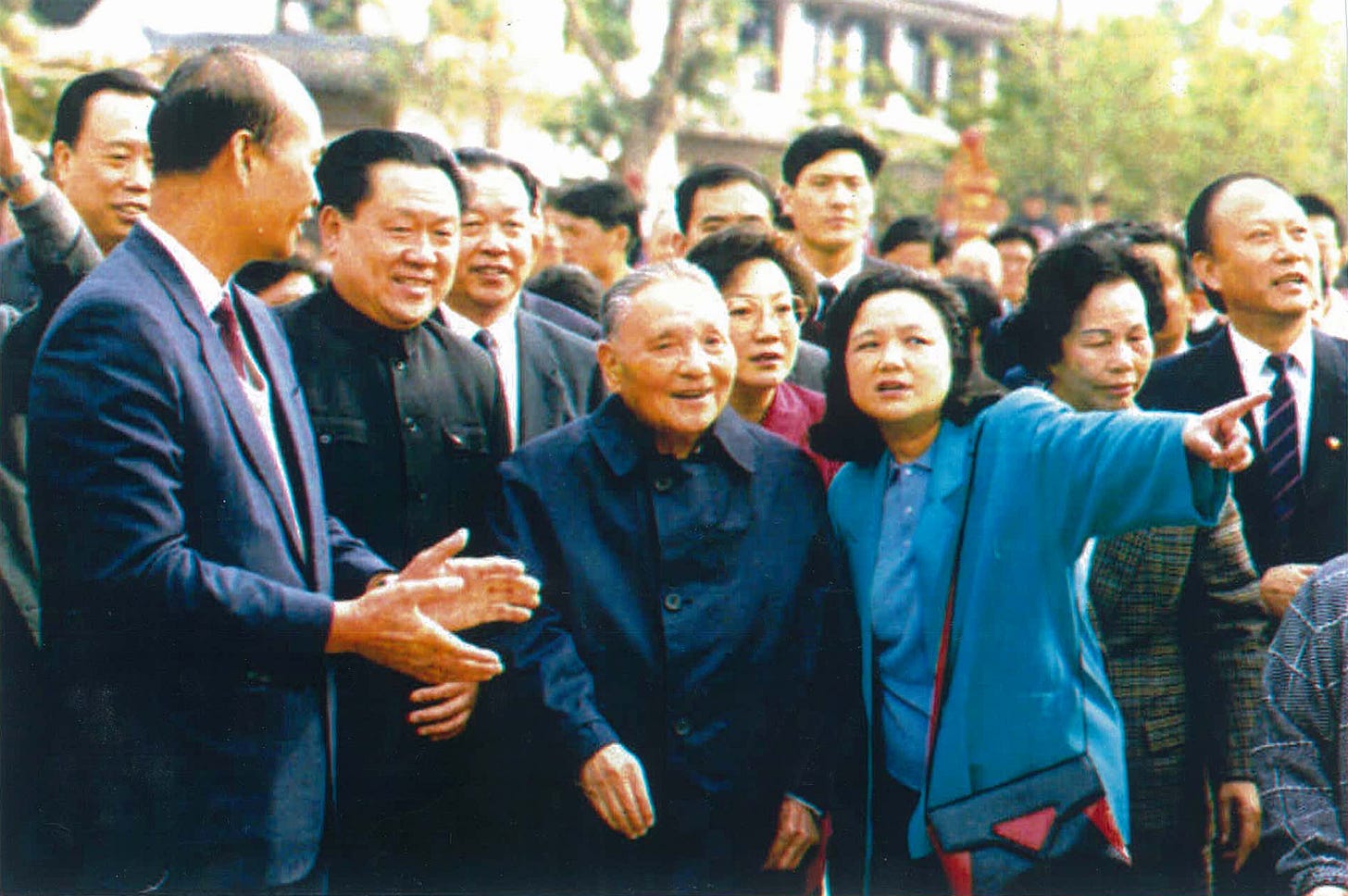
If you go through the American "education" system your thought process will basically be:
China = Communist = USSR = Evil Dictatorship.
Everything is absolute, there's no room for nuance. Of course every country's economy has some degree of state ownership vs private ownership of various industries and each has to work within their own parameters of demographics, geography, natural resources, etc. There is no silver bullet of how to govern. "Communist" is then just a label that you can't form judgements on alone. Hitler named his party "National Socialist German Workers' Party", but was he was not a socialist or a communist as that name would suggest.
"Democracy" is just a label too. For westerners it just mean "voting in elections". However Chinese people overwhelmingly report feeling satisfied with the level of democracy (meaning "does our voice matter?") in their country as opposed to westerners who do not.
My guess is that it's the word communism and the lack of knowledge regarding the history of each country causing the confusion.